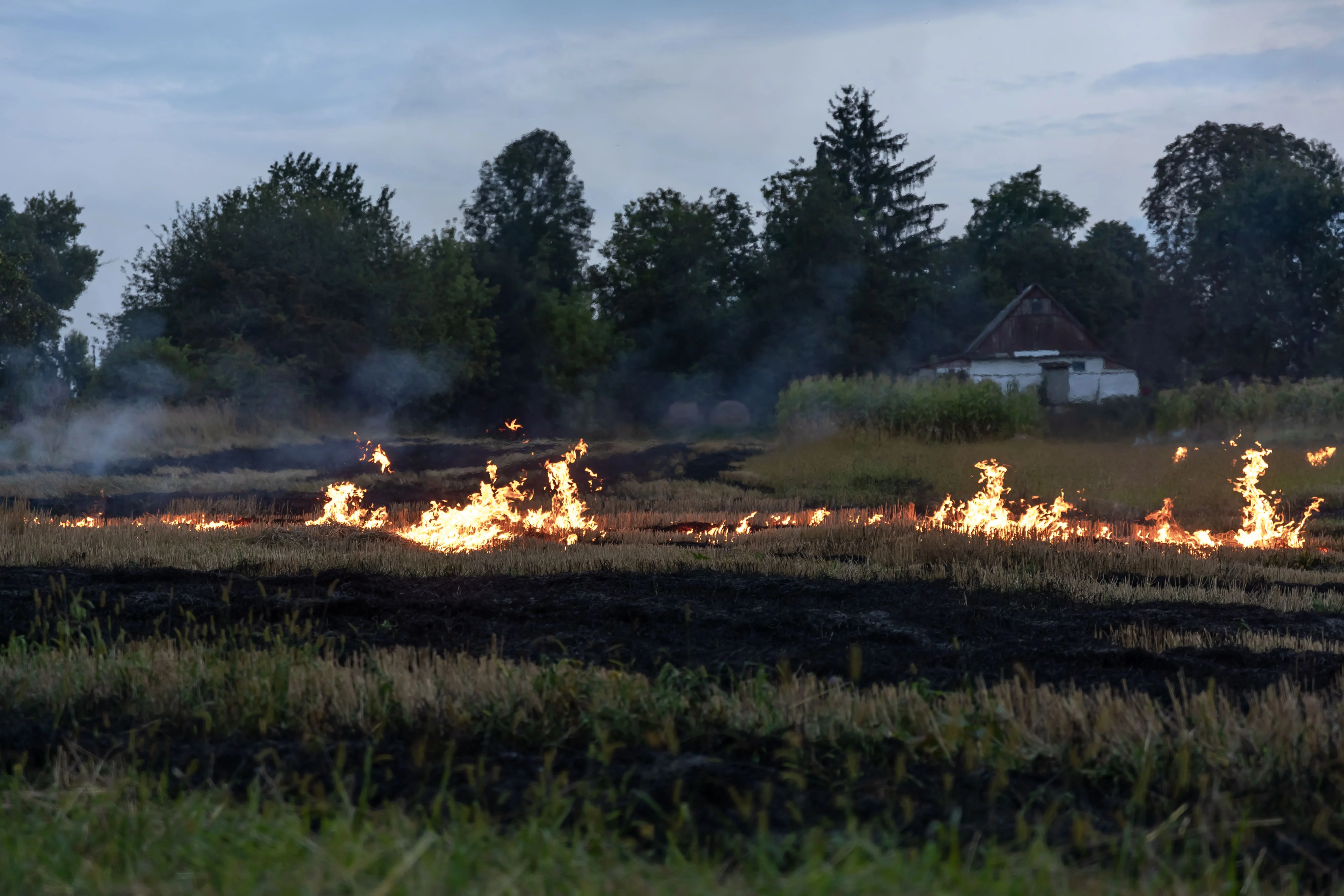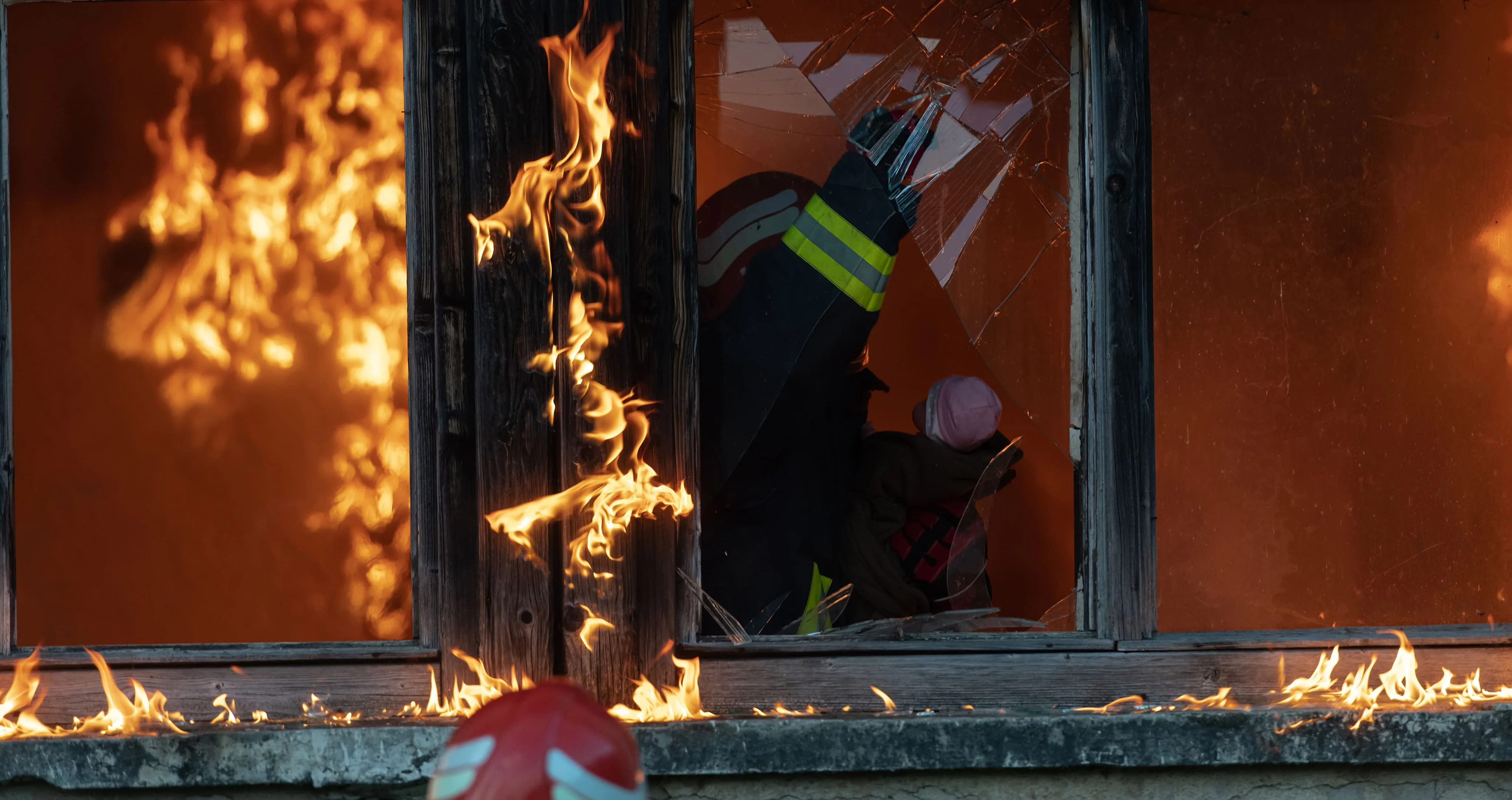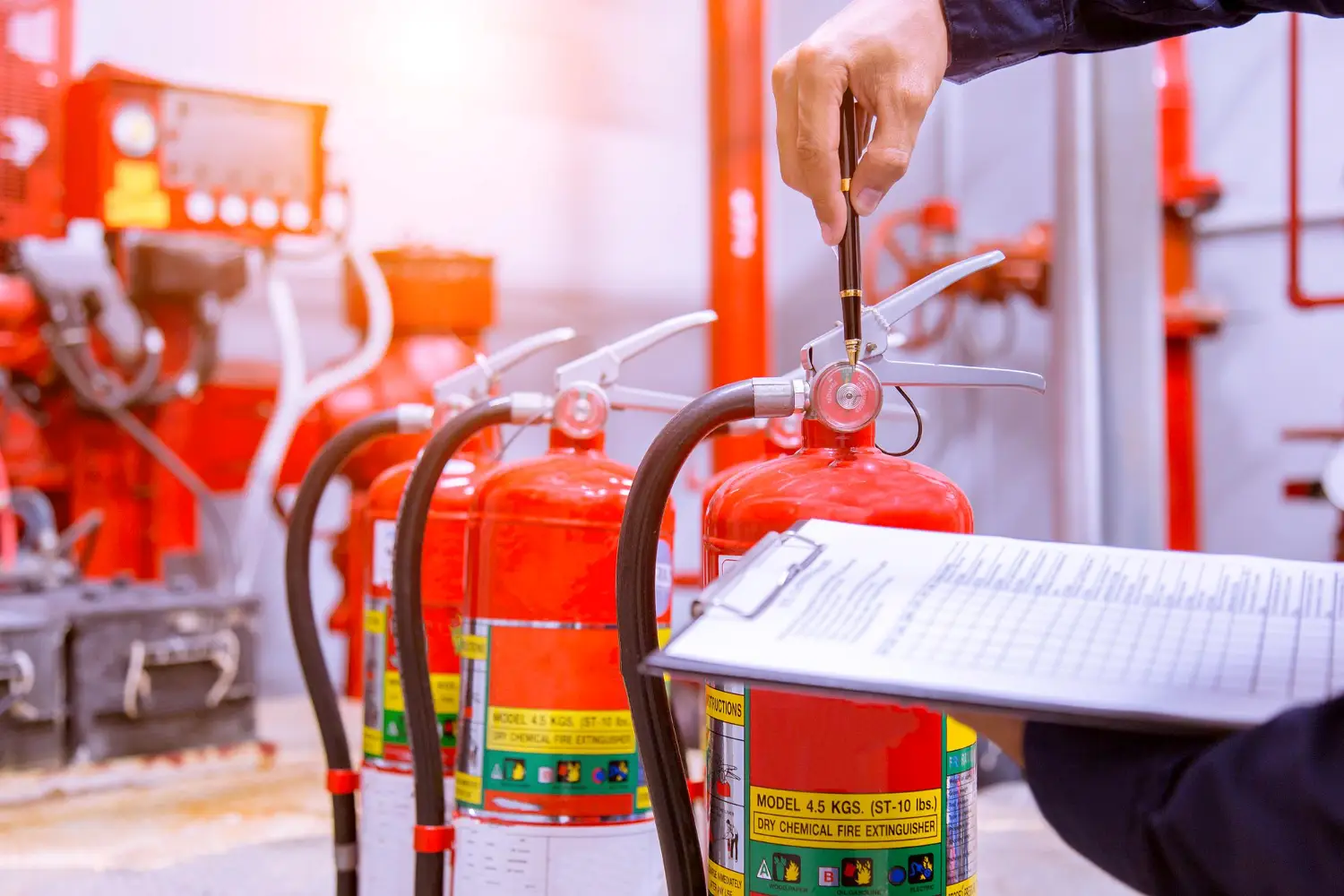Burn Analysis in Fire Investigation: Techniques, Challenges, and Key Insights


Burn analysis is a critical component of fire investigation, providing investigators with valuable insights into the origin and cause of a fire. Fire investigators use a variety of techniques and tools to analyze burn patterns and other fire-related evidence.
The information you get from burn analysis can help determine whether a fire was accidental or intentional and can help identify potential suspects in cases of arson.
Burn analysis involves the systematic examination of the physical and chemical changes that occur during and after a fire. This process can reveal important clues about the fire's origin and progression, as well as the materials involved in the fire.
Fire investigators typically begin their analysis by visually inspecting the fire scene and documenting any notable burn patterns. They may also use specialized equipment to detect and analyze fire residues, such as soot and char.
Types of Burn Patterns
Burn patterns are distinctive marks or damage caused by the movement and intensity of a fire. They can provide clues about the fire's origin and spread. There are several types of burn patterns, including V-patterns, U-patterns, and line patterns.
V-patterns are typically found at the point of origin of a fire and spread upwards and outwards in a V shape. U-patterns are similar to V-patterns, but they are typically wider and shallower, indicating a slower, smoldering fire. Line patterns can indicate the path of a fire, particularly if an accelerant is used.
Interpreting Burn Patterns
Interpreting burn patterns is a complex task that requires a deep understanding of fire behavior and the properties of different materials. Investigators must consider a variety of factors, including the type and intensity of the fire, the materials involved, and the conditions at the time of the fire.
For example, a V-pattern may suggest that a fire started at the base of the V and spread upwards and outwards. However, this interpretation could be incorrect if the fire was influenced by factors such as ventilation, fuel distribution, or the use of accelerants.
Fire investigators use a range of tools and techniques to conduct burn analysis. These may include visual inspection, photography, sample collection, laboratory analysis, and computer modeling.
Visual inspection is often the first step in burn analysis. Investigators look for signs of fire spread, such as burn patterns, fire damage, and fire residues. They may also look for signs of accelerant use, such as unusual burn patterns or the presence of containers that could have held accelerants.
Photography and Documentation
Photography is a crucial tool in burn analysis. Investigators take photographs of the fire scene from multiple angles, capturing details of the fire damage and any potential evidence. These photographs serve as a permanent record of the fire scene and can be used in court proceedings.
Investigators also document their findings in written reports. These reports include detailed descriptions of the fire scene, the evidence collected, and the results of any laboratory tests. They may also include diagrams or sketches of the fire scene.
Sample Collection and Laboratory Analysis
Sample collection is another important aspect of burn analysis. Investigators collect samples of fire residues, such as soot and char, as well as samples of undamaged materials for comparison. These samples are then sent to a laboratory for analysis.
Laboratory analysis can provide valuable information about the fire's origin and cause. For example, it can reveal the presence of accelerants, which can indicate arson. It can also identify the types of materials involved in the fire, which can help investigators understand how the fire spread.
Burn analysis is a complex process that presents several challenges. These include the destructive nature of fire, the variability of fire behavior, and the difficulty of interpreting burn patterns.
Fire is a destructive force that can obliterate evidence and alter the fire scene. This can make it difficult for investigators to determine the fire's origin and cause. Furthermore, fire behavior can vary greatly depending on a variety of factors, including the type and arrangement of fuel, the availability of oxygen, and the presence of accelerants.
Interpretation Challenges
Interpreting burn patterns is one of the most challenging aspects of burn analysis. Burn patterns can be influenced by a variety of factors, including the type and intensity of the fire, the materials involved, and the conditions at the time of the fire.
For example, a V-pattern may suggest that a fire started at the base of the V and spread upwards and outwards. However, this interpretation could be incorrect if the fire was influenced by factors such as ventilation, fuel distribution, or the use of accelerants.
Limitations of Laboratory Analysis
While laboratory analysis can provide valuable information about a fire, it also has limitations. For example, it can be difficult to detect accelerants in fire residues, particularly if the residues have been exposed to the elements or if the accelerants have evaporated.
Laboratory analysis can also be time-consuming and expensive. It also requires specialized equipment and expertise, which may not be available in all jurisdictions.
Burn analysis is a critical component of fire investigation, providing valuable insights into the origin and cause of a fire. Despite the challenges and limitations, it remains a vital tool in the fight against fire-related crimes and accidents.
As our understanding of fire behavior and burn patterns continues to evolve, so too will our ability to analyze and interpret the evidence left behind by fires. This will undoubtedly lead to more accurate and effective fire investigations in the future.
Trusted by Public and Private Investigator Teams Everywhere
Whether you're a big state agency, a small local fire department or somewhere in between, Blazestack software (NFPA 921® & CJIS compliant) collects fire scene data and generates standardized origin and cause reports in a fraction of the time of other methods.
To learn more about Blazestack, give us a call at (866) 303-4344 or email us at support@blazestack.com
Get Your Free 14-Day Trial and Custom Price Quote Now
We'll let Blazestack do the talking. Try it out right now for free.
A member of our staff will be in touch shortly.


